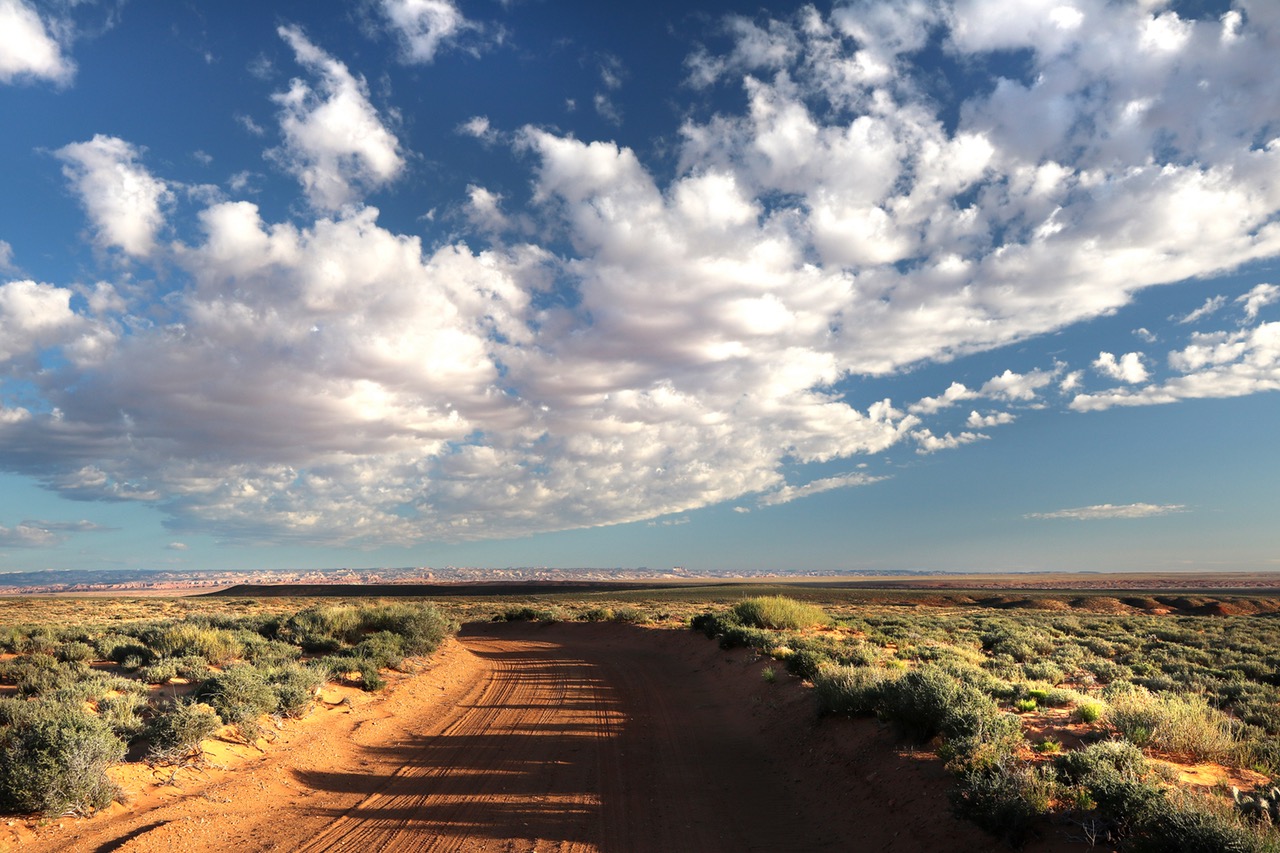Gravel roads preserve the natural beauty of rural landscapes — but only if they are properly maintained.
Gravel roads are a cost-effective alternative to traditional paving methods, but keeping those roads in peak condition requires vigilant maintenance. Water damage and heavy truck traffic can lead to dangerous potholes, rutting, and excessive quantities of dust.
Fortunately, agencies at the state and municipal level across the U.S. routinely resurface gravel roads to ensure smooth driving conditions and minimal erosion. Read on to learn more about the best methods and practices to resurface your gravel road.
The Gravel Road’s “Crowning” Glory
Three critical elements combine to create a perfect gravel road: the “crown,” or driving surface; a shoulder that dips slightly downward from the driving surface; and the ditch, which collects rainfall.
To establish the crown, the Federal Highway Administration recommends that the roadway should rise a half-inch per foot from the shoulder to the road’s centerline at an incline of approximately 4%. For optimum drainage, the crown should have a pitched “A” shape, not a rounded or parabolic arc that can lead to puddling in the middle of the road.
The shoulder, meanwhile, must meet the edge of the road at the same height. A shoulder that’s placed too low presents a safety hazard, while placing it too high can develop into a secondary ditch (or “berm”) that prevents proper water drainage.
Ditch size is typically determined by the runoff volume and velocity in a particular area. In general, rounded or flat-bottomed ditches work best, since these designs spread the water over a greater area, thus reducing erosion — V-shaped ditches are not recommended. When a ditch fills with liquid, the water must be kept one foot below the road’s edge.
When and How to Resurface a Gravel Road
Rain, snow plowing, frequent heavy truck traffic, and speeding drivers all contribute to a steady deterioration of gravel roads. If any of these conditions are allowed to continue, they can erode the road’s underlying structure and durability. When that happens, maintenance crews bring out the heavy equipment to reshape the road’s crown and ditch.
Before revving any engines, however, a quality surface gravel mix needs to selected. Typically, quarry gravel mixtures contain a blend of limestone, quartzite, and granite, as well as stone, sand, silt, and clay. A second type, river gravel, mingles stone and sand. Gravel mix also incorporates a binder that cements the larger stones together so that water can’t seep through.
Resurfacing frequently occurs after a rainfall, when the road surface is malleable enough to allow for deep penetration below any potholes. Resurfacing while the road is damp also reduces the amount of dust kicked up by the work.
To restore a gravel road, most people use a motor grader or road grader, tools that resemble large tractors with blades. These heavy devices mix gravel, cut into the road surface, evenly spread new road material, and shape the road surface by moving gravel from the shoulder to the center crown. The machines can scoop up and discard debris and vegetation as well.
As an added tip, for best resurfacing results, operate the motor grader at speeds between three and five miles per hour and set the moldboard at an angle between 30 and 45 degrees.
Maintaining Gravel Roads: Before, During, and After Resurfacing
To maintain the durability and safety of gravel roads across the country, Midwest Industrial Supply, Inc. supplies road maintenance crews with an extensive catalogue of products that mitigate dust and stabilize crucial road soils. Midwest’s GreenPave® Soil Stabilization and Natural Paving technologies create stronger gravel roads by binding native soils and increasing the tension of road surfaces.
With Midwest’s solutions, dust and loose soil particles are locked into the gravel road and out of the air or nearby streams and rivers. By using these products, road owners can comply with environmental regulations regarding PM10 and PM2.5 emissions. Plus, stabilized roads require less frequent maintenance and resurfacing, which is good news for municipalities running on tight budgets.
No matter your gravel road’s needs and specifications, you can turn to Midwest for help.

